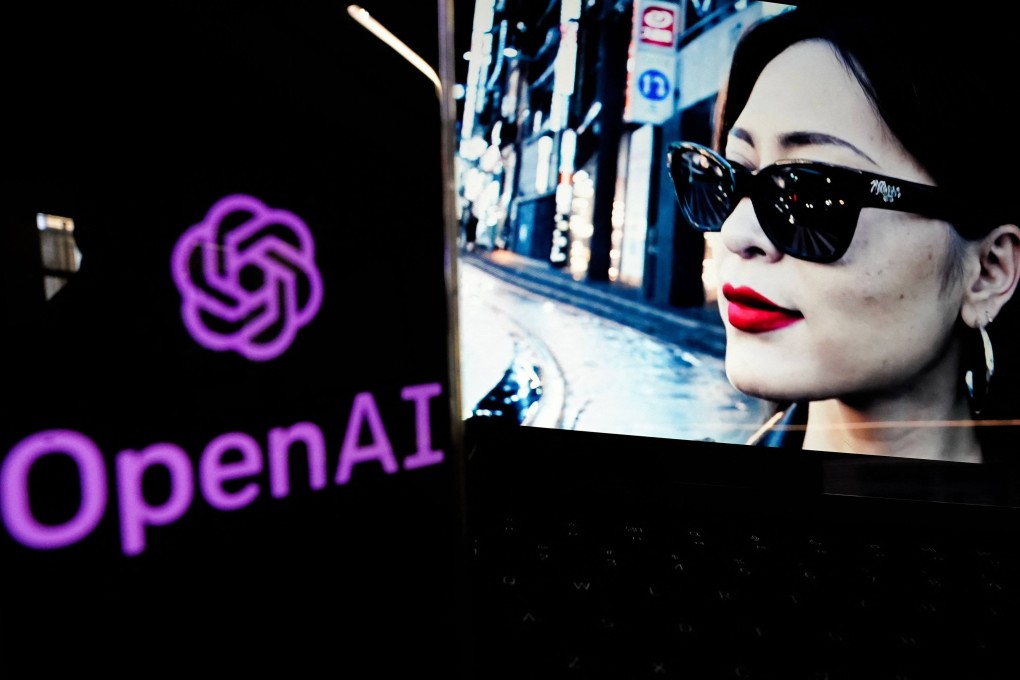Advertisement
Chinese entrepreneurs express awe and fear of OpenAI’s Sora text-to-video generator, as US sanctions weigh on AI race
- Business leaders say Sora could propel the industry forward but expressed concern that US sanctions could prevent China from keeping up
- Some say China does not lag as far behind in video generation as other areas of AI, and an index of 49 related domestic companies jumped 11.9 per cent on Monday
Reading Time:3 minutes
Why you can trust SCMP
4

Coco Fengin Beijing
China’s business and technology communities are expressing both excitement and concern about OpenAI’s latest achievement in generative artificial intelligence with its Sora text-to-video model, amid rising competition in this area and potential constraints from US-China trade tensions.
One business leader called Sora a “Newton moment”, noting how the AI video generation tech learns using the laws of physics. Another noted that the Microsoft-backed start-up behind the model could already be working on other “secret weapons” that could further widen the gap between China and the US in the field owing to US export restrictions on semiconductors and other core components needed for AI applications.
Yin Ye, CEO of genomics giant BGI Group, said that when OpenAI launched ChatGPT in 2022, Chinese AI rivals felt confident that they could catch up “because the focus was on language and text only”. Sora proves that “the digital world can truly be twinned with the laws of physics in the real world”, he added in a video he posted on Saturday to his channel on Tencent Holdings’ WeChat.
“I’d like to compare this to the Newton moment of AI development,” Yin said.
Zhou Hongyi, chairman and CEO of 360 Security Technology, said on the microblogging site Weibo that the gap between China and the US in AI development “may be bigger” if OpenAI is working on other “secret weapons”.
Zhou estimated that China’s best large language models (LLMs), the tech that powers AI tools like ChatGPT, “have neared the level of GPT-3.5, but there is still a 1.5-year gap from GPT-4”. OpenAI launched GPT-4, its text generation model, in March 2023.
Advertisement